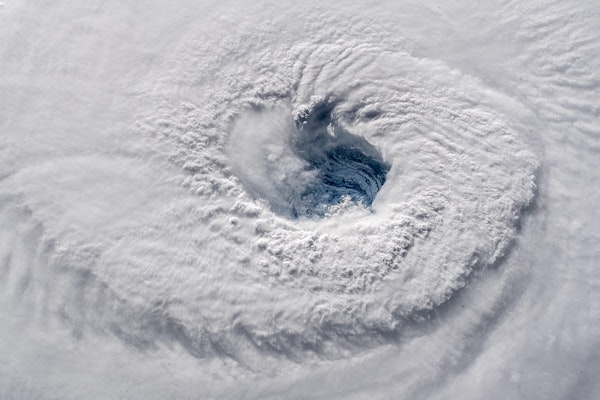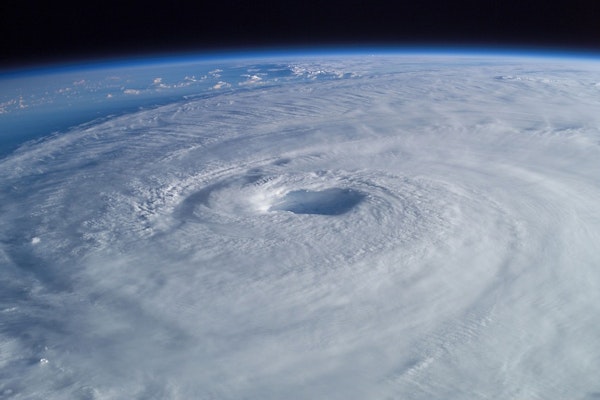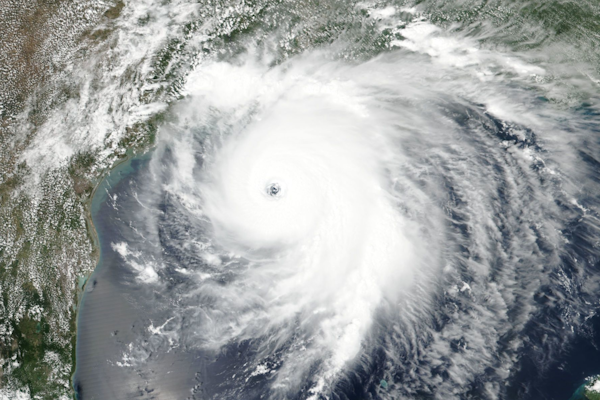
AI-Powered Home ‘Digital Twins’ Aim to Revolutionize High-Risk Property Insurance
An MGA startup uses AI simulations to model catastrophe risks at the property level, targeting homes insurers often avoid. But what does it mean for claims handling?
October 17
Catastrophe
Property
Risk Management
Technology
California
Florida

USAA Faces $15M Final Judgment in Katrina Bad-Faith Case After Mississippi High Court Refuses Rehearing
The Mississippi Supreme Court has closed the door on an 18-year dispute, upholding nearly $15M in penalties against USAA for bad-faith claim handling after Hurricane Katrina.
October 16
Catastrophe
Legislation & Regulation
Litigation
Property
Mississippi

Western Caribbean Faces Heightened Hurricane Risk Through Late October
CSU researchers forecast above-normal Atlantic hurricane activity for mid to late October, with a focus on the western Caribbean.
October 16
Catastrophe
Property
Risk Management
Alabama
Florida
Louisiana
Mississippi
Texas

Why 2025’s Hurricane Season Has Been Quiet for U.S. Claims, So Far
The 2025 season has been quieter than recent years in terms of U.S. landfalls, but meteorologists say storm activity has still been near average. Coastal adjusters should stay alert through season’s end.
October 15
Catastrophe
Insurance Industry
Risk Management

Nor’easter and Alaska Storm Trigger Claims Risks With Fatalities, Flooding, and Power Outages
Back-to-back coastal storms disrupt infrastructure and displace residents, with early season indicators of increased catastrophe activity this fall.
October 14
Catastrophe
Insurance Industry
Marine
Property
Risk Management
Alaska
Massachusetts
New Jersey
New York
North Carolina

P/C Insurance Holds Steady in 2025 Despite Inflation, Tariffs, and Natural Disasters
Despite global uncertainty and catastrophe losses, the property/casualty insurance sector is on pace for a second profitable year. Adjusters should note shifts in underwriting performance across key lines.
October 10
Auto
Catastrophe
Insurance Industry
Property
Workers' Compensation
California

Wildfire Models Miss Conflagration Risks That Drove $40B in Losses
Cotality’s analysis of the Eaton and Palisades fires shows that many homes labeled "low wildfire risk" were actually highly vulnerable to structure-to-structure fire spread.
October 9
Catastrophe
Insurance Industry
Property
Technology
Underwriting

Tropical Storm Jerry Strengthens in Atlantic With Hurricane Potential by Thursday
Tropical Storm Jerry, formerly identified as Invest 95L, has officially developed in the Atlantic and is intensifying rapidly. Currently packing winds of 60 mph and moving west-northwest at 23 mph, Jerry is on track to become a hurricane by Thursday.
October 8
Catastrophe
Insurance Industry
Risk Management

Race to the Bottom in P&C Insurance Threatens Claims Quality and Market Stability
Slashing costs and chasing market share are destabilizing the claims ecosystem. Will adjusters bear the brunt of this industry-wide shift?
October 8
Auto
Catastrophe
Insurance Industry
Legislation & Regulation
Property
California

Tropical Storm Jerry Forms in Atlantic
Tropical Storm Jerry, the 10th named storm of the 2025 Atlantic hurricane season, has formed in the open Atlantic and is expected to reach Category 1 hurricane strength as it nears the northern Leeward Islands on Thursday.
October 7
Catastrophe
Insurance Industry
Marine
Property
Risk Management

Citizens Insurance Pauses Flood Coverage Proof During NFIP Shutdown
Florida’s state-run Citizens Property Insurance Corporation has announced a temporary deferral of its flood insurance documentation requirement due to the federal government shutdown.
October 7
Catastrophe
Insurance Industry
Legislation & Regulation
Underwriting
Florida

Why Insurers Must Rethink Natural Catastrophe Claims in a Changing Climate
With global insured losses soaring past $84B in 2025 alone, insurers must shift from reactive payouts to proactive, tech-driven models that strengthen resilience and trust.
October 2
Catastrophe
Insurance Industry
Risk Management
Technology

Cat Bond Market Sets New Pace in Q3 2025 as Annual Issuance Nears $20 Billion
Q3 2025 saw $1.036B in cat bond issuance across 23 deals, pushing total year-to-date issuance to $18.6B and positioning the market for its first-ever $20B+ year.
October 2
Catastrophe
Insurance Industry
Property
Risk Management

Atlantic Hurricane Season Begins with Rare Trio of Major Storms
Hurricanes Humberto, Erin, and Gabrielle have all reached major hurricane status, marking the first time since 1935 that the season’s first three storms hit Category 3 or higher.
September 29
Catastrophe
Insurance Industry
Property
Risk Management

Flood Insurance Program Faces Expiration Again as Hurricane Season Peaks
The National Flood Insurance Program is set to expire by month’s end unless Congress acts, potentially disrupting home closings and leaving policyholders at risk.
September 29
Catastrophe
Insurance Industry
Legislation & Regulation
Property
New York





